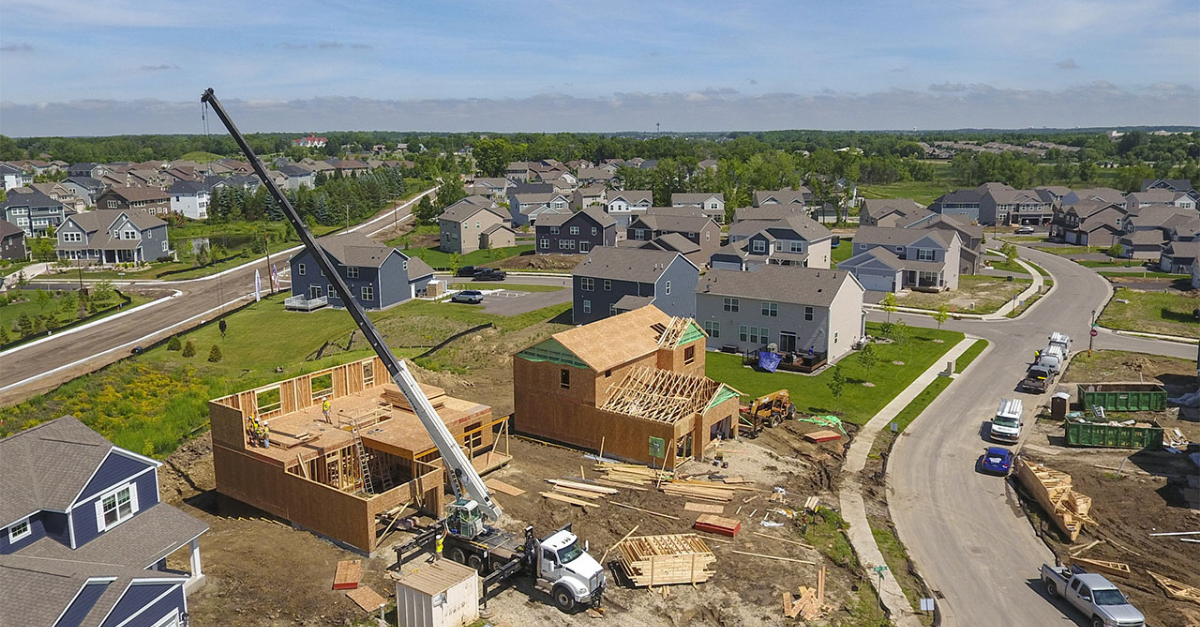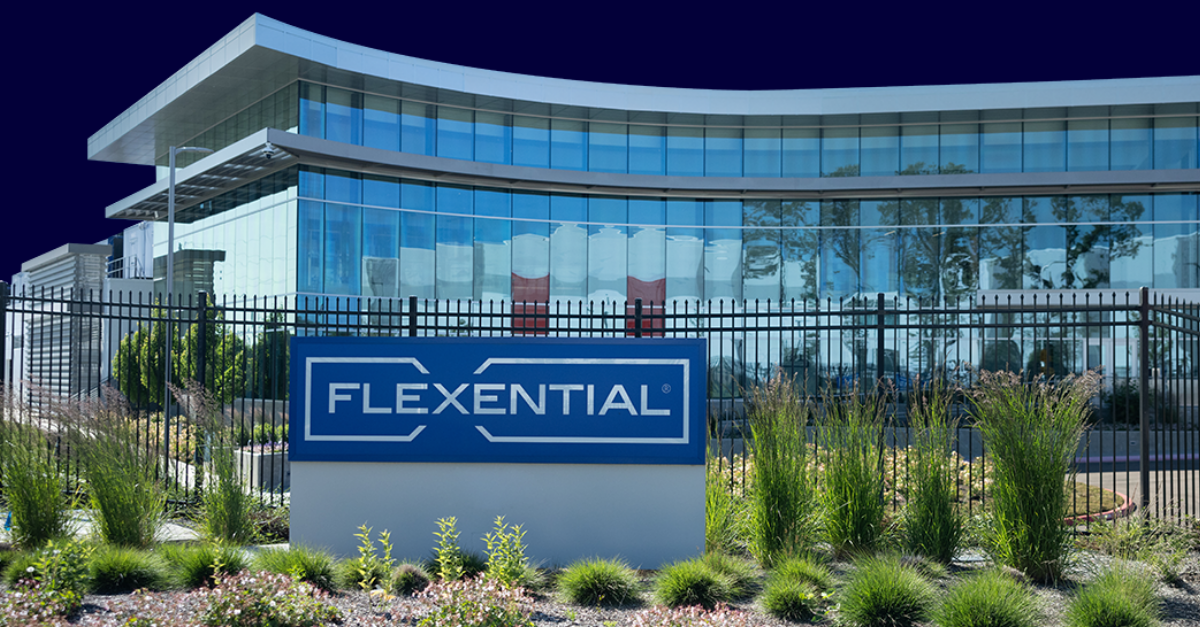Building digital ecosystems: Why interconnection is the key
Digital ecosystems are more than just a trend. They’re the way forward for IT teams that need to connect people, platforms, and data without the usual roadblocks.

For us, building a digital ecosystem isn’t about chasing the latest shiny object. It’s about helping you solve real problems: breaking down silos, making your infrastructure more flexible, and keeping your business ready for whatever comes next.
The secret? It all comes back to interconnection. When your core systems, cloud services, and partners are truly connected, your organization gets the speed and agility it needs to keep moving forward.
In this post, we’ll explain what digital ecosystems are, why interconnection makes all the difference, and how you can start building an ecosystem that’s ready for anything. We’ll cover practical strategies, clear examples, and answer the big questions we hear from IT leaders every day.
If you’re looking for ways to move beyond the old patchwork approach to infrastructure and build something that can keep up with your business, you’re in the right place.
What is a digital ecosystem?
Definition and components
A digital ecosystem is simply the environment where all your technology, teams, and data come together and actually work. It’s not just about having lots of tools or platforms. It’s about real connections between your core IT, cloud providers, business applications, partners, and customers. When everything and everyone can talk to each other, that’s when you start to see real value.
Here’s what usually makes up a digital ecosystem:
- Your core IT infrastructure, whether that’s in a data center, in the cloud, or a mix of both
- Interconnection services that let your clouds, networks, and partners work together, securely and directly
- The apps and platforms you use every day, from SaaS to custom tools
- Data and analytics that move and are used across systems
- Security and compliance controls that keep everything safe, wherever it lives
- Your partners and service providers, adding new capabilities as your business grows
Why digital ecosystems matter now
For IT leaders trying to keep pace, digital ecosystems are the answer to challenges that pop up when systems stay siloed and teams are stuck waiting on manual fixes. With a real ecosystem in place, you’re not scrambling to plug holes or patch together short-term solutions. You’re set up to adapt, keep things running, and make decisions based on what’s happening right now.
A solid digital ecosystem helps you:
- Pivot when business needs change, instead of getting stuck with old hardware or outdated processes
- Keep your systems online and your data available, even if something goes wrong
- Get more from your IT budget by matching resources to real demand
- Make teamwork easy, even across locations or business units
- Connect to new tech or partners as you grow, without starting from scratch every time
If you want a closer look at how digital transformation and digital ecosystems go together, we cover this in detail in our network digital transformation blog.
Next, we’ll get into why interconnection is the engine behind any successful digital ecosystem.
The role of interconnection in ecosystem success
Interconnection is what makes a digital ecosystem more than just a collection of parts. It’s the glue that ties together your data centers, cloud platforms, networks, and partners so everything runs as one system. Without real interconnection, even the best technology can become isolated and slow things down.
Connecting colocation, cloud, and core infrastructure
Today’s IT isn’t built in one place. You’ve probably got applications running in different clouds, data moving between colocation sites, and teams that need fast, secure access no matter where they work. Interconnection gives you direct, private links between these environments, so you can move data where it needs to go, keep latency low, and avoid the unpredictability of public internet connections.
With interconnection, you can:
- Connect your cloud and on-premises infrastructure for seamless operations
- Move workloads between sites quickly, based on demand or disaster recovery needs
- Improve performance by placing resources closer to users and partners
- Strengthen security by keeping sensitive data off the public internet
This kind of connectivity is at the heart of interconnected ecosystems, letting you build flexible, high-performing infrastructure that actually supports your business goals.
Use cases: Healthcare, finance, and SaaS
Interconnection is already driving real results across industries:
Healthcare: Hospitals use interconnection to securely share data between clinics, labs, and cloud-based health apps. This keeps patient care smooth and supports new tech like telemedicine.
Finance: Banks rely on direct connections to trading partners and analytics platforms to reduce latency and keep transactions secure. Fast, private links mean better customer experiences and stronger compliance.
SaaS providers: Software companies use interconnection to connect multiple data centers and cloud providers. This lets them deliver reliable, low-latency service to customers around the world, without breaking the bank.
Want to see how interconnection drives efficiency and growth? Check out network interconnection benefits for more real-world examples.
Up next, let’s look at what can go wrong if you try to build a digital ecosystem without strong interconnection.
Challenges without interconnection
Trying to build a digital ecosystem without solid interconnection is like trying to run a relay race with the handoff zones blocked off. The results are usually slow, frustrating, and risky for your business.
Latency, security gaps, siloed data
Latency headaches: When systems and locations aren’t properly connected, even simple tasks can feel sluggish. Teams and customers experience delays, which can hurt everything from app performance to customer satisfaction.
Security gaps: Moving data over the public internet exposes you to more threats. Without secure, private links, sensitive information is at greater risk of interception or attack.
Siloed data: When different clouds, applications, or offices can’t talk to each other directly, data gets stuck in pockets. This leads to duplicate work, poor decision-making, and missed opportunities for innovation.
Higher costs and more complexity: You end up patching together expensive workarounds—extra bandwidth, VPNs, or manual processes—that add to your budget and slow your team down.
If your infrastructure is starting to feel disconnected, it’s probably time to rethink how you’re tying it all together. We go deeper into ways to improve network performance with interconnection in another post, if you want more practical ideas.
How to build a resilient and agile digital ecosystem
Building a digital ecosystem that actually delivers value isn’t about luck. It’s about taking the right steps and making smart choices along the way. Here’s how we see organizations set themselves up for long-term success.
Strategies for creating a robust ecosystem
- Start with a clear vision: Know what you want your ecosystem to do. Are you connecting remote teams? Speeding up data exchange? Supporting new customer experiences? Set clear goals so your infrastructure can grow in the right direction.
- Prioritize interconnection from the start: Build direct, secure connections between your critical systems, clouds, and partners. This gives you flexibility to move workloads and data where they need to go without unnecessary delays or risk.
- Make security part of your foundation: Design your ecosystem with security controls built in, so data stays protected no matter where it travels.
- Embrace distributed infrastructure: Take advantage of colocation and hybrid cloud options to keep your environment flexible and resilient.
Role of partnerships and alliances
You don’t have to do it all on your own. The right partners can fill in gaps, speed up projects, and open doors to new technology. Look for partners who understand your business and have a proven track record in areas like interconnection, cloud integration, and security. These alliances help you adapt quickly and solve problems before they turn into roadblocks.
Curious how partnerships shape stronger ecosystems? Download our interconnection ebook for real-world stories and practical tips.
Measuring success and ROI
It’s not enough to just build a digital ecosystem; you need to know it’s working. Here’s what to watch for:
- Improved performance: Applications run faster, downtime drops, and end users notice the difference.
- Cost savings: You’re making better use of infrastructure and reducing expensive workarounds.
- Business agility: Teams can respond quickly to changes, launch new products faster, or scale services up and down as needed.
- Security and compliance: Fewer incidents, better visibility, and easier audits.
Tracking these results helps you prove value to the business and fine-tune your strategy as you grow. For more on getting the most from your IT investments, take a look at our guide to IT infrastructure and interconnection capabilities.
Start building your digital ecosystem
Every IT leader faces the challenge of connecting people, platforms, and data in a way that truly works. With a digital ecosystem built on strong interconnection, you can remove barriers, simplify complexity, and get real value from your infrastructure.
If you’re ready to explore how Flexential can help connect your infrastructure and build a digital ecosystem that works for your business, reach out to our team for a conversation. We’re here to help you find the best way forward.
FAQs about digital ecosystems and interconnection
What is a digital ecosystem in IT?
A digital ecosystem in IT is an interconnected network of enterprises, customers, and partners who exchange data and services through digital channels. It's more than just the infrastructure; it's a dynamic community that collaborates and competes to create value for end users. Think of it as the digital equivalent of a natural ecosystem, where different entities (companies, cloud providers, SaaS platforms, and customers) interact and rely on each other to thrive. This web of interdependence is built upon a foundation of shared digital platforms and services.
How does interconnection support digital transformation?
Interconnection is the engine of digital transformation. Digital transformation is all about using technology to fundamentally change how a business operates and delivers value. This requires seamless, real-time data exchange between various internal systems, external partners, and cloud services.
Interconnection provides the secure, high-speed, and low-latency private links necessary for this to happen. It allows an organization to directly connect its IT infrastructure to the cloud providers, SaaS applications, and business partners that make up its digital ecosystem. This direct connectivity bypasses the public internet, leading to better performance, enhanced security, and greater reliability—all of which are essential for successful digital initiatives.
Why is interconnection critical for modern infrastructure?
Interconnection is critical because modern IT infrastructure is no longer confined to a single, on-premises data center. Today's infrastructure is a hybrid mix of on-premises systems, multiple public clouds (multicloud), and edge computing deployments.
For this distributed model to function as a cohesive whole, these separate parts must be able to communicate effectively. Interconnection provides the physical and virtual links that tie these disparate environments together. It enables workloads to move freely, data to be shared instantly, and applications to perform optimally, regardless of where they are hosted. Without robust interconnection, a hybrid or multicloud strategy would be a collection of isolated silos, not an integrated system.
What are the challenges of building a digital ecosystem?
Building a thriving digital ecosystem comes with several challenges:
- Complexity: Managing connections to multiple partners, cloud providers, and networks can become incredibly complex and difficult to scale.
- Security: As the number of connection points grows, so does the potential attack surface. Ensuring that every link in the ecosystem is secure is a major challenge.
- Performance: Relying on the public internet for connectivity can lead to unpredictable performance, high latency, and data transfer bottlenecks, which can degrade the user experience.
- Integration: Ensuring that different platforms and systems from various partners can communicate and work together seamlessly requires careful planning and can be technically challenging.
- Cost management: While leveraging partners can be cost-effective, managing the costs associated with data egress fees from public clouds and various network connections can be difficult.
How can Flexential help my organization connect its infrastructure?
Flexential helps organizations build and connect their digital ecosystems through our FlexAnywhere Platform. This platform provides the core components of a modern, interconnected infrastructure:
- Colocation: Flexential offers secure and scalable data center environments where you can place your private infrastructure, creating a central hub for your hybrid IT strategy.
- Interconnection: Through a 100Gbps network backbone, Flexential enables direct, low-latency connections to a rich ecosystem of carriers, cloud providers (like AWS, Azure, and Google Cloud), and other service providers. This allows you to bypass the public internet for more secure and reliable performance.
- Software-Defined Networking: Flexential’s software-defined capabilities allow for agile and on-demand network management, making it easier to build, manage, and scale your connections as your ecosystem grows.
By leveraging Flexential, organizations can simplify the complexity of interconnection, enhance their security posture, and ensure their infrastructure is ready to meet the demands of their digital ecosystem.







